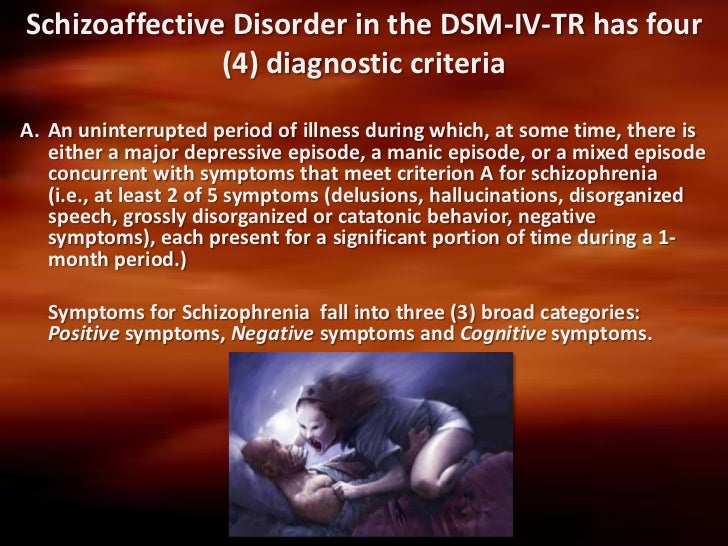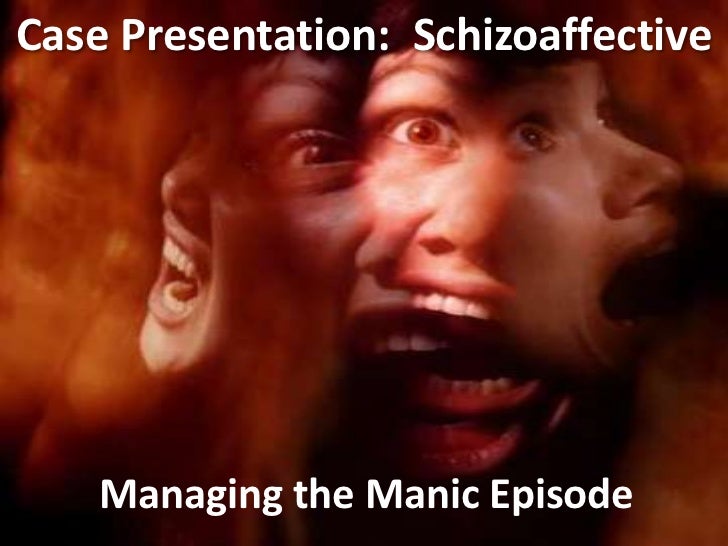What is Schizoaffective Disorder?
Schizophrenia
Schizophrenia is a severe mental disorder that affects about 21 million people worldwide. It is characterized by distortions in thinking, perception, emotions, language, sense of self and behavior.
Bipolar and major depressive disorder
Bipolar disorder has been estimated to affect about 60 million people worldwide. It typically includes both manic and depressive episodes separated by periods of normal mood. The main difference between bipolar disorder and depressive disorder are the mania symptoms. When mood swings between manic and depressed states occur, it is referred to as bipolar disorder and when depression occurs alone it is a unipolar in nature, as it does not involve mania.
Mixed type- In this type of schizoaffective disorder the person has symptoms of schizophrenia, depression and mania.
What are the Causes of Schizoaffective Disorder?
The exact cause of schizoaffective disorder is unknown. But the following causes are the main factors. They include:
- Genetics: Schizoaffective disorder tends to run in patients with a family history of the condition. It is not necessary that a person with a family history will continue to have the illness but there is a greater chance of them developing the illness. Studies reveal that it shows substantial familial overlap with both schizophrenia and bipolar disorder.
- Brain chemistry and structure: Brain function and structure play an important role in the etiology of schizoaffective disorder. It may be induced by a neurotransmitter imbalance in a feedback-regulated system. It may involve imbalances in neurotransmitters such as dopamine, serotonin, norepinephrine, and glutamate that help regulate mood.
- Stress: Stressful events or trauma such as early parental loss, any family conflict, or physical or sexual abuse can trigger symptoms or an onset of the illness. This is more likely to be a cause if one had experienced any such triggers when he or she was too young to know how to cope with them.
- Environmental factors: Some factors like malnutrition, maternal illness or prenatal exposure to toxins may also cause schizoaffective disorder.
- Drug or substance use: Psychoactive drugs such as LSD (Lysergic Acid) have been linked to the development of schizoaffective disorder. Also, cannabis use especially before the age of 15 years has also been reported to be a causative agent for this disorder.
What are the Signs and Symptoms of Schizoaffective Disorder?
The specific symptoms themselves may vary from person to person but the main symptoms include:
- Hallucinations- Imagining, seeing, hearing, or even smelling things that do not actually exist.

- Delusions- Having fixed, false beliefs inspite of having a strong evidence against them. It also includes delusions of persecution like believing that they are threatened, spied or attacked by someone.

- Disorganized thinking- A person may switch very quickly from one topic to another unrelated topic and might have trouble organizing his thoughts and connecting them with a logical base.
- Catatonic behavior- It may include bizarre behaviors and overall disability in performing daily activities such as bathing, dressing properly or even eating regularly.
- Depressed mood- If a person has been diagnosed with schizoaffective disorder depressive type then they may have loss of interest in things they used to like before. Insomnia or hypersomnia is also observed.
- Manic behavior- The person may also experience feelings of euphoria, inflated self-esteem, racing thoughts, increased risky behavior and other symptoms of mania.

Some physical symptoms are also observed; they include:
- Changes in physical appearance
- Poor hygiene
- Significant weight loss
- Psychomotor agitation
- Fatigue or loss of energy
What are the Complications of Schizoaffective Disorder?
Individuals who have schizoaffective disorder that remains untreated or improperly diagnosed may run the risk of developing numerous complications. Examples may include:
- Substance use and abuse
- Onset of self-harming behaviors
- Co-occurring Disorders
The most commonly occurring disorders alongside schizoaffective disorder are:
- Post traumatic stress disorder (PTSD)
- Generalized anxiety disorder
- Obsessive compulsive disorder
- Obesity
- Diabetes
How do you Treat Schizoaffective Disorder?
Schizoaffective disorder can be managed effectively with medication and therapy. It belongs to the category of recurrent disorders and therefore, needs prophylactic treatment. National Institute for Health and Care Excellence (NICE) recommends that one should be treated with a combination of medication and talking therapies.
Medications-Certain medications are offered first, especially if an individual is first diagnosed during a psychotic episode.

It includes:
- An antipsychotic drug- such as olanzapine or quetiapine.
- A mood stabilizer- such as lithium or valproate – especially if you have manic episodes rather than depression. Lamotrigine, is prescribed in case of bipolar disorder.
- An anti-depressant- is used in case of symptoms that switch between mania and depression. Combination of anti-depressants with anti-psychotics are also used; for example, sertraline or fluoxetine plus haloperidol or risperidone.
Cognitive behavior therapy (CBT) – It acts as an add-on to medication and can help a person cope with the illness in a better way. It focuses on a person’s thoughts, beliefs, and how these affect their mood and actions. It also helps to identify and change any negative thoughts or behavior and replace them with adaptive thoughts.

Post a comment